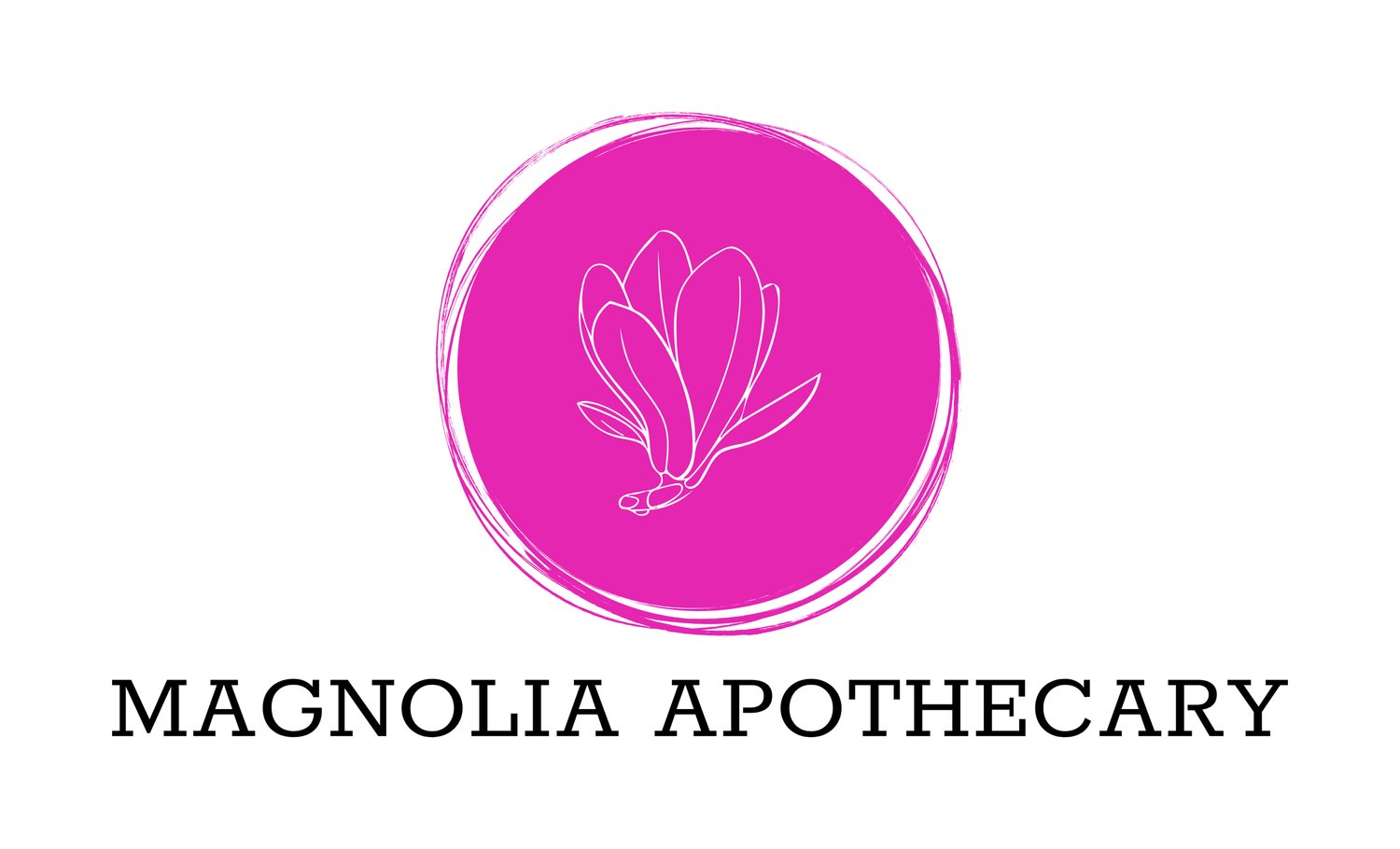Kombucha Recipe
Kombucha Recipe
Making your own kombucha is quite simple once you have a SCOBY (Symbiotic Culture of Bacteria and Yeast). Start by sourcing a good quality SCOBY—ideally from someone you know and trust. Once you’ve made your first batch, each fermentation will produce a new SCOBY, so soon you’ll have enough to share with family and friends.
Choosing Your Tea & Flavours
Using organic teas is ideal, and you can experiment with different flavour profiles. I personally enjoy lemongrass and ginger, but fruity blends can work too—just note that some may not ferment as well. It’s all about testing what works for you and discovering your favourite combination.
You can use either tea bags or loose-leaf tea. If using loose-leaf, pop it into a cotton tea bag or a mesh infuser. I often use a teapot with a built-in strainer, which works well and is easy to handle.
Equipment
The best vessel for fermenting kombucha is glass. Avoid metal, which can react with the acids and harm the beneficial microbes, and avoid plastic, which can harbour unwanted bacteria. A large glass jar is your safest and most effective option.
Tea & Sugar Options
Traditionally, kombucha is made with black tea, but green tea works just as well. Sugar is essential to the fermentation process—it's the food for the SCOBY. I use organic raw sugar, though white sugar is considered the most reliable for fermentation. Avoid honey (which can contain antimicrobial properties), coconut sugar, agave, maple syrup, or stevia, as these can harm the SCOBY. Sugar is the hero here—choose a good-quality organic one.
Kombucha Recipe Steps
You’ll need:
2 litres of filtered, distilled, or spring water (avoid chlorinated tap water)
¾ cup of organic sugar
2 bags of black or green tea
1–2 bags of herbal tea (optional, for flavour)
1 SCOBY
¾ cup of starter liquid (from a previous kombucha batch or from the SCOBY)
A 3-litre glass jar
Cotton or muslin cloth and an elastic band
Instructions:
Boil the Water:
Bring 2 litres of filtered (or dechlorinated) water to the boil. If you only have tap water, you can boil it for 20 minutes and cool it to room temperature to help chlorine evaporate.Add Sugar:
Stir in ¾ cup of sugar until fully dissolved.Steep the Tea:
Add your tea (2 black/green + optional herbal tea) and steep for at least 1 hour. Allow the tea to cool completely.Prepare the Jar:
In your 3-litre glass jar, combine:The cooled sweet tea
¾ cup of kombucha starter liquid
The SCOBY
Cover and Store:
Cover the jar with a breathable cotton or muslin cloth secured with a rubber band. Label with the date, and place in a cool, dark space away from direct sunlight or temperature fluctuations.Fermentation Time:
Let it ferment for about 7–14 days, depending on your room temperature. Warmer environments will speed up the process. Taste your kombucha every few days after the first week until it reaches your preferred balance of sweetness and tang.Bottle and Store:
Once ready, remove the SCOBY and reserve it in a clean jar with 1–2 cups of kombucha for your next batch. Pour the finished kombucha into glass bottles. You can leave them at room temperature for a few days to carbonate, then refrigerate to halt fermentation.SCOBY Storage:
Store your SCOBY in the fridge in a clean jar with enough kombucha to keep it moist until you're ready to brew again.
Recipe adapted from Organic Empire.
Happy fermenting!
